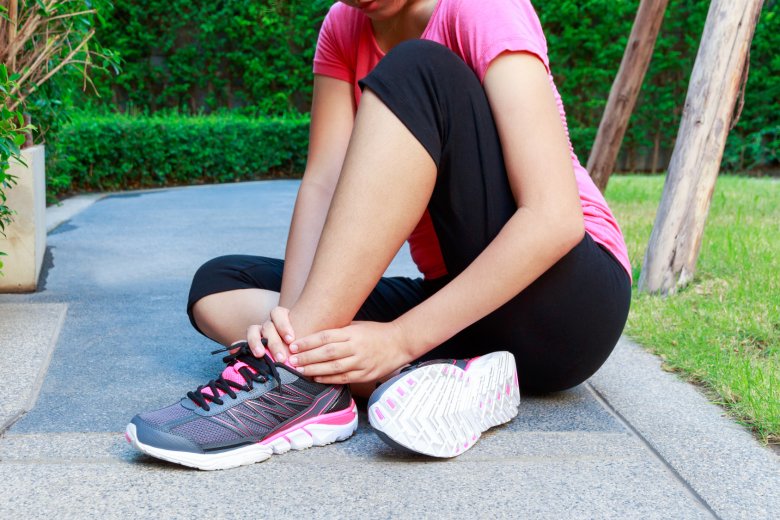- April 30, 2025

In the anatomical denominators we can actually distinguish two ankle joints - the upper and lower one. The first of these, the ankle-shaped joint, is located between the ankle bone and the shinbone (tibia and fibula). The lower ankle joint, i.e. ankle-floor-shaped joint, connects the tarsus bones. Ankle joint injuries are among the most common injuries.
You don't have to be a professional athlete to damage this structure. Sometimes it's enough to put on unstable shoes, slip on a slippery floor or just place your foot in a curve.
An injury to the ankle joint is not one name. Do you know how injuries differ from one injury to another?
Twisting is the momentary exceeding of the physiological range of movement in the joint. It is usually accompanied by damage to the soft tissues that make up the joint: ligaments, joint capsule or muscle tendon trailers. Turning of the ankle joint is accompanied by pain and increasing swelling. Blood can be seen, i.e. bruises.
Dislocation is the loss of communication between the joint surfaces of individual bones, i.e. the "shift" of the bone structures, which physiologically adhere to each other. The dislocation is accompanied by a violation of the joint capsule and other elements of the joint. This is manifested by pain, swelling, instability, and sometimes visible deformation of the limb.
The subluxation is a "lighter" form of dislocation. There is no total loss of contact between the joint surfaces, but only a partial change in their position relative to each other. Nevertheless, it also results in pain, swelling and restricted mobility.
Bruising is damage to the internal structure of tissue, including cell structure, intercellular fibers, blood vessels and nerve endings. It is manifested by tenderness, pain, presence of bloody haemorrhages (bruises) and swelling.
A bone fracture may also occur in the ankle joint area. It is a complete interruption of the continuity of bone tissue, e.g. lateral ankle, medial ankle, heel bone or ankle bone.
The most important thing is to immobilize the damaged limb. Any change of position may aggravate the injury. In order to reduce pain and inflammation accompanying the injury, non-steroidal anti-inflammatory drugs should be used. Some of them are also available without a prescription, e.g. containing decketoprofenibuprofen. A cold compress can be salutary, it has an analgesic and anti-oedematous effect. The limb can be wrapped in a flexible bandage. Such a procedure will slightly improve the stability of the joint. It is a good idea to keep your limb slightly higher than the rest of your body.
If the injury is mild and you are able to assess it yourself, you do not have to see a doctor. Relaxation, saving the sick leg and possible symptomatic treatment of pain will allow you to recover. If you feel that the injury is serious, you notice limb deformities, large swelling, significant restriction of mobility or severe pain, it is necessary to go to a health centre. In some cases it is necessary to have a quick medical intervention, e.g. surgery. Many injuries qualify for gypsum dressing treatment.